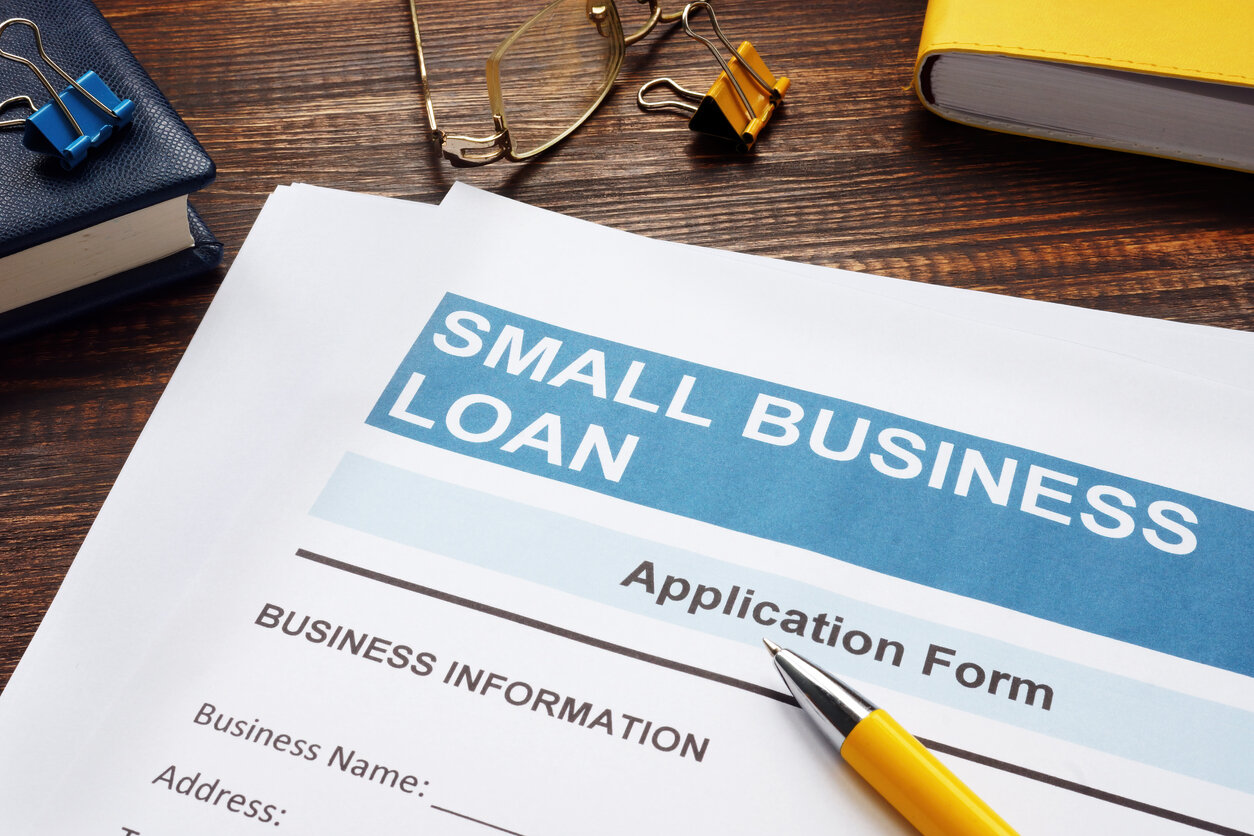Small business owners need the right equipment to maintain operations. Equipment financing helps you afford the right tools.
Key takeaways
-
Equipment financing helps small businesses pay for equipment with a loan
-
Leasing, on the other hand, doesn’t usually require a down payment but doesn’t always lead to ownership
-
Benefits of equipment financing include an affordable monthly payment, staying up on the latest technologies for your business, and more
-
Outside of an equipment loan, you have other options based on your credit situation and needs
Do you need expensive equipment for your business but are unsure how to cover the cost? Equipment financing can be a smart solution. If your small business is fairly young, you just may not have the resources to make big purchases or upgrades. But you can’t stop delivering your services, so you need access to the right equipment and technology now.
Learn more about how equipment financing can help you get what you need without causing a big disruption to your cash flow.
What is equipment financing?
If you’re a small business owner and you can’t afford tools upfront, equipment financing helps you get what you need with a loan. You will agree to a monthly payment plan and an interest rate, as with any type of loan, as well as a down payment requirement to offset the loan amount. Once the loan is completely paid off, you own the equipment.
Equipment financing may be the right option if you can’t purchase the machinery required to carry out your services.
Common types of equipment financing include:
-
Manufacturing
-
Aviation
-
Automotive
-
Information technology
-
Electronics
-
Appliances
-
Medical
Each of these industries requires equipment that isn’t cheap. But without it, they wouldn’t be able to operate or provide the same level of service. Even if you already have the equipment you need, it won’t last forever. Equipment financing helps you upgrade your machinery and appliances when needed.
What is equipment leasing?
Just like you can choose between a car loan or lease, you can choose a leasing agreement for certain equipment as well. With a lease, you may not be required to provide a down payment, but you either need to renew the lease or purchase the equipment at the end of the term.
Leasing may be the better option if you don’t have a lot of cash on hand for that initial payment or if your credit is low. But, you won’t always be able to take advantage of full ownership at the end of an equipment lease as you would with financing.
Benefits of equipment financing
Even while financing and leasing both have their pros and cons, equipment financing delivers these benefits to small business owners:
-
Ownership after the loan is paid
-
Maintain regular business cash flow while still being able to use the expensive equipment each day
-
Stay up-to-date on the latest technologies to improve and grow the business
-
Make an affordable monthly payment
-
Bundle other services, including installation, software, or maintenance, with one financing transaction
When you need the best equipment for your jobs, financing can give you flexibility and eventual ownership to improve your business. When you have the right process in place for cost accounting, you can easily integrate an equipment loan.
Options for equipment financing
There are a few ways you can finance your equipment. The route you choose will depend on your personal or business credit, the age of your business, profits, and desired repayment terms. Let’s walk through the basics:
-
Small Business Administration (SBA) loans: The SBA offers some businesses CDC/504 loans to purchase equipment, but the business has to be worth $15 million or less. These loans can take a couple of months to get.
-
Equipment loans: With a traditional equipment loan, or equipment financing, young businesses can usually get financing to cover all costs, but a down payment may be required (usually around 20%). These loans are pretty quick, sometimes taking only a couple of days.
-
Line of credit: Many small businesses can get a small business line of credit that can be quicker than other loans, and the terms can be more flexible. You usually need to be operating for six months or more to obtain a line of credit.
-
Credit card: A business credit card is also an option, and you can earn points on many cards to earn extra money just for spending. But, beware of the high-interest rates on credit cards, which make them a poor choice for some businesses.
-
Term loan: You may be able to borrow a good chunk of change with a term loan, and their periods are usually five years or less. This is another quick-funding option if you need cash fast, but you have to have been in operation for at least a year.
Most of these options require a credit score of at least 600, but their terms vary widely. For example, equipment loan interest can be as high as 30%, while SBA loan interest rates are generally between 3.45% and 4.25%. Always do your research and talk to financial professionals about your options.
Work with Franco Blueprint for small business accounting
You need the right strategies in place to manage cash flow, taxes, and expensive equipment. Getting a new loan or line of credit is no small consideration, so make sure you discuss what’s best for your business with the experts.
The team at Franco Blueprint Is here to guide you through these processes so you can get back to work. We work with small businesses, general contractors, startups, and more. Contact us for a free consultation to get started.


